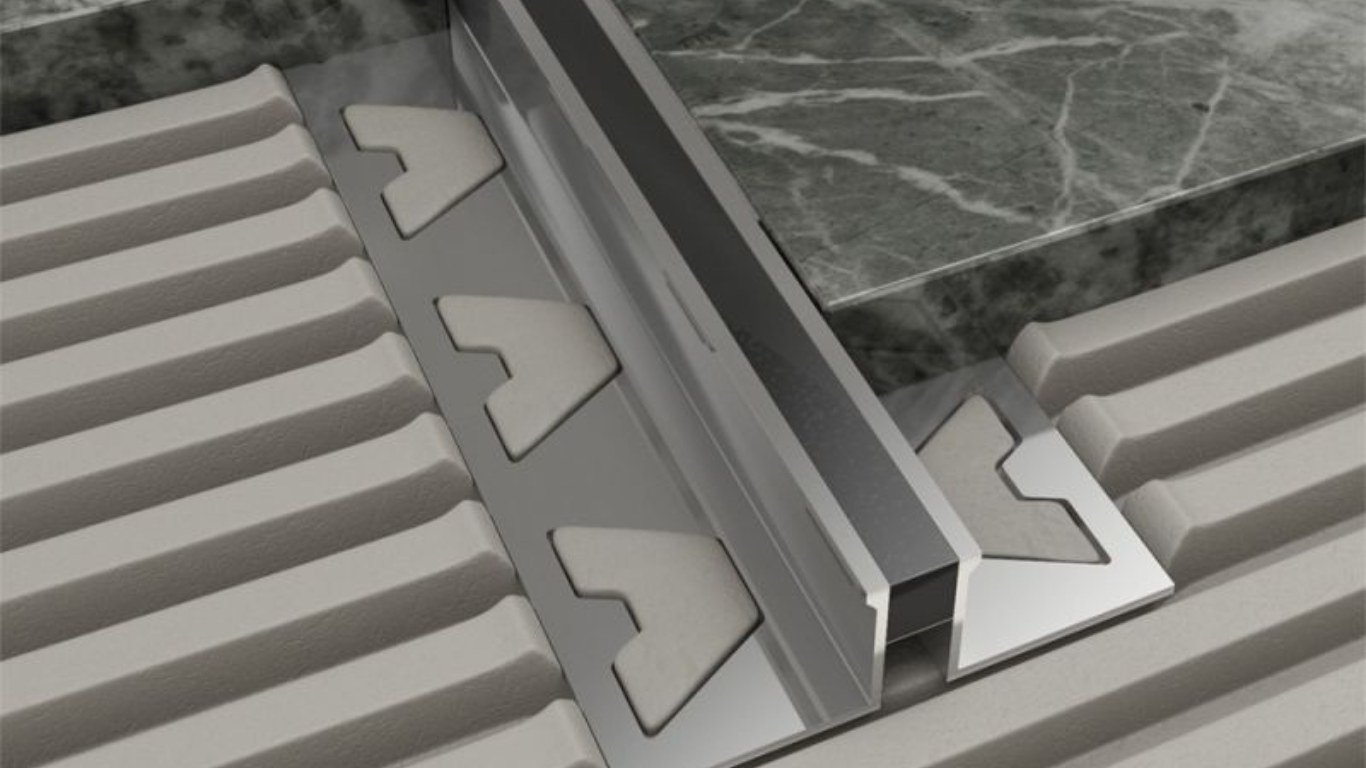Understanding Tile Movement Joints: Purpose and Importance

Tile installations are a popular choice for both residential and commercial spaces due to their durability, aesthetic appeal, and versatility. However, maintaining the integrity of tile surfaces over time requires careful planning and attention to detail, especially when it comes to managing tile movement. One of the most critical components in this process is the use of tile movement joints. This article delves into the purpose and importance of tile movement joints and why they are essential for any tiling project.
What Are Tile Movement Joints?
Tile movement joints, also known as expansion joints, are intentional gaps or spaces incorporated into tile installations. These joints are filled with flexible materials such as silicone, rubber, or specialized sealants that can accommodate the natural expansion and contraction of tiles. Unlike grout, which is rigid and can crack under stress, the materials used in movement joints are designed to absorb and accommodate movement.
The Purpose of Tile Movement Joints
Accommodating Thermal Expansion and Contraction:
- Tiles expand and contract with temperature changes. This thermal movement can cause tiles to buckle, crack, or become loose if there is no space to accommodate these changes. Tile movement joints provide the necessary flexibility to absorb these movements, preventing damage.
Managing Structural Movement:
- Buildings and structures naturally settle and shift over time. These movements can create stresses on rigid tile installations. Movement joints allow tiles to move independently of the underlying structure, reducing the risk of cracking and other damage.
Preventing Stress Concentration:
- Large tile installations are particularly susceptible to stress concentration, where movement in one part of the surface can create stress points that lead to cracks and failures. Movement joints distribute these stresses more evenly across the surface, enhancing the durability of the installation.
Mitigating Moisture Expansion:
- Tiles, especially those installed in moisture-prone areas like bathrooms and kitchens, can absorb water and expand. Movement joints help manage this expansion, ensuring that the tiles remain securely in place without cracking or popping up.
Enhancing Aesthetic Longevity:
- By preventing tile damage and maintaining the integrity of the installation, movement joints contribute to the long-term aesthetic appeal of tiled surfaces. They ensure that tiles remain aligned and intact, preserving the visual consistency of the installation.
The Importance of Proper Installation
The effectiveness of tile movement joints depends heavily on proper installation. Here are some key considerations:
Correct Placement:
- Movement joints should be strategically placed in areas where stress is most likely to occur. This includes the perimeter of the installation, around structural columns, and at regular intervals throughout large tiled areas.
Appropriate Materials:
- The choice of materials for filling movement joints is crucial. Flexible, durable sealants that can withstand the specific environmental conditions of the installation site should be used.
Regular Maintenance:
- Over time, movement joints can degrade or become clogged with debris. Regular inspection and maintenance are essential to ensure they continue to function effectively. Replacing worn or damaged joint materials is necessary to maintain the integrity of the installation.
Conclusion
Tile movement joints are a fundamental aspect of any successful tile installation. They accommodate thermal expansion, structural movement, and moisture-related changes, preventing stress concentration and enhancing the overall durability of tiled surfaces. Properly installed and maintained movement joints ensure that tile installations remain intact, functional, and visually appealing for years to come. For anyone undertaking a tiling project in the UAE or elsewhere, understanding and implementing tile movement joints is essential to achieving a long-lasting, high-quality finish.

